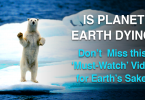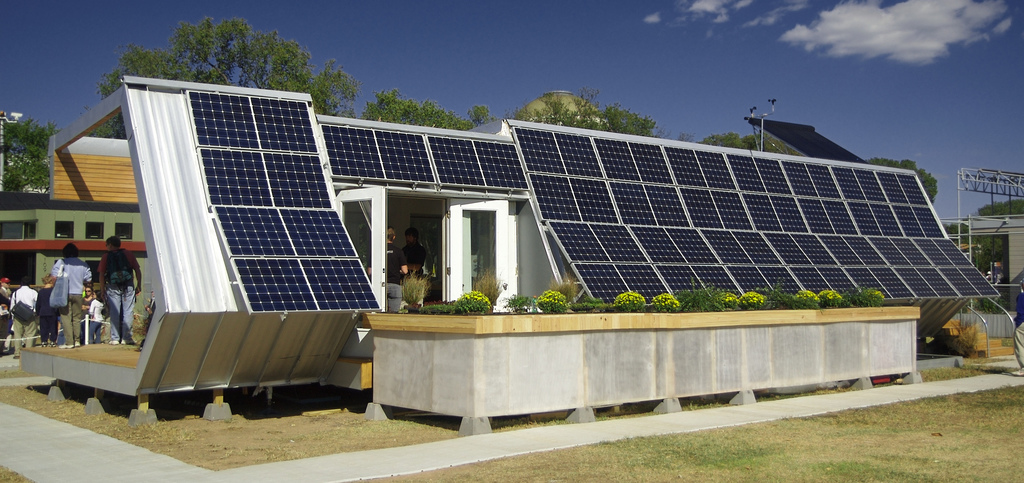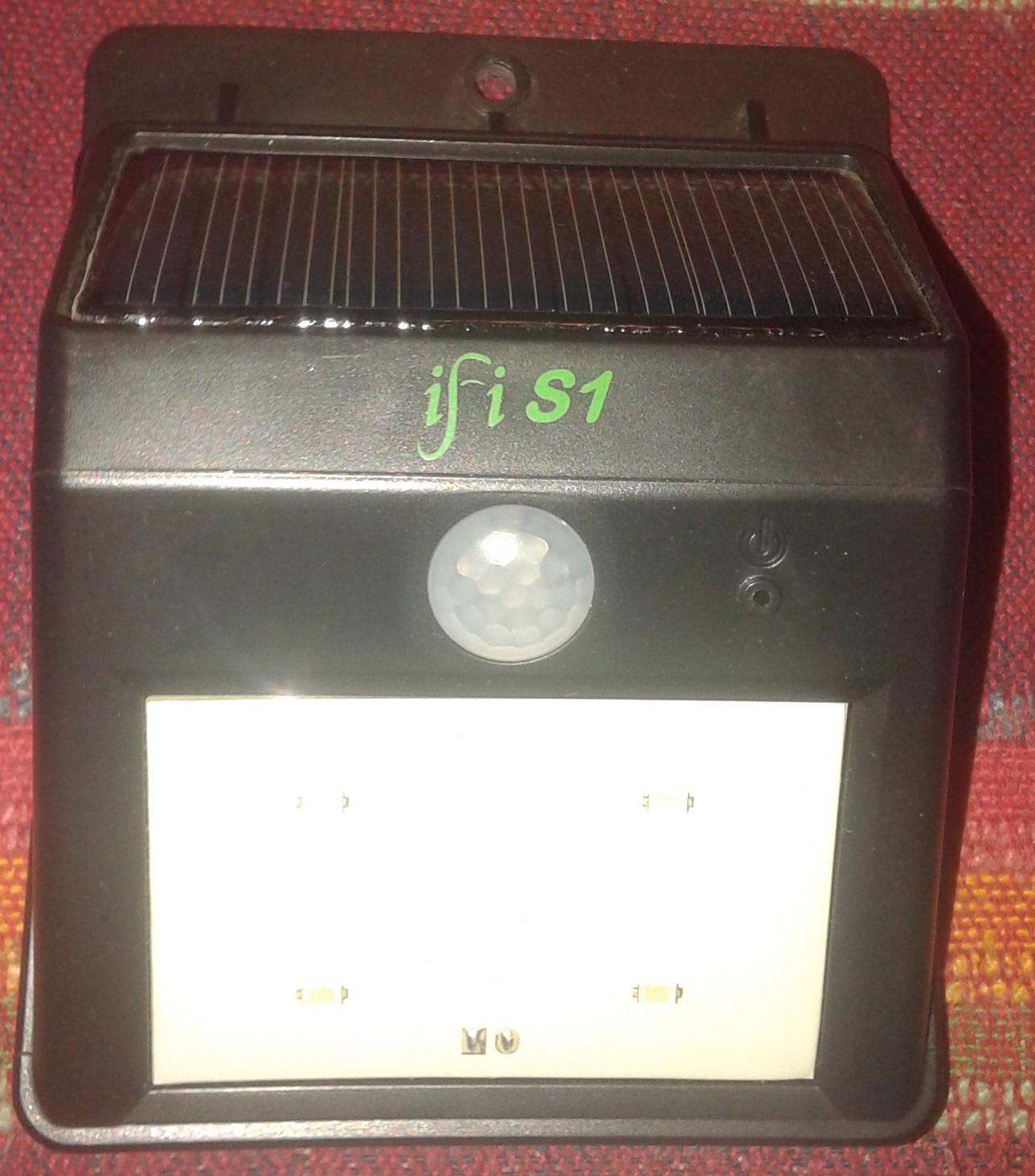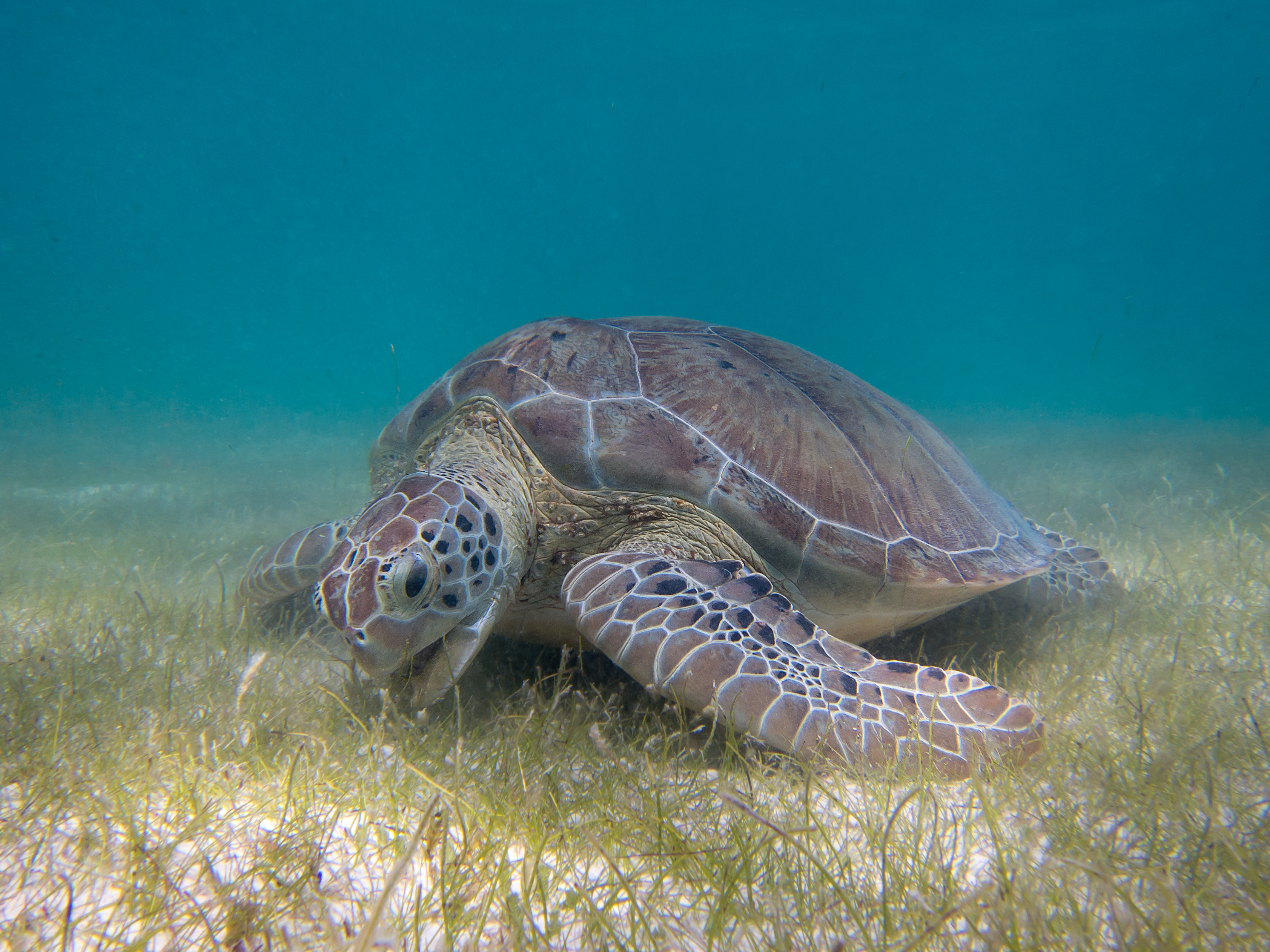…and it won’t end with the Pacific…
Imagine.
You and your beloved are on an adventure sport in the middle of crystal blue ocean amassing memories to strengthen the romantic bond and trust when suddenly the propeller of your boat screams and screeches and growls and groans and then stops.
Welcome back to the crisis the world is facing: you are in the Great Pacific garbage patch and your propeller just ate plastic!
If you come to think of it, we consume plastic more than we would like to give ourselves credit for: water bottles, biscuit and chips wrappers, plastic cups and boxes, toothbrush, carry bags, tubes of our face-wash and shaving cream, refills of pens, plastic toys, pretty party masks and so on and on… We almost live in a world where needs of our life present themselves beautifully wrapped in a non-degradable material.
Result?
Pacific Garbage Patch!
The Science
This is a phenomenon not many are aware of but its ignorance will not reduce or negate its occurrence. The Great Pacific Garbage Patch (a misnomer since it is not an ‘island or blanket of trash’ in the ocean), comprises of Western Garbage Patch (located near Japan) and Eastern Garbage Patch or North Pacific Subtropical High (located between the U.S. states of Hawaii and California). The two areas of spinning debris are linked together by the North Pacific Subtropical Convergence Zone, a few hundred kilometers north of Hawaii. The entire Great Pacific Garbage Patch is bounded by the North Pacific Subtropical Gyre which keeps the debris in its place at the center of the vortex.
The debris comprises majorly of plastic which breaks into smaller and smaller pieces over the years but never decomposes; hence, creating a cloudy mass of water which is almost invisible to the eye and satellites. This debris harms the algae and plankton. If algae and plankton communities are threatened, the entire food web may change. Sea animals such as fish and turtles will have less food implying less food for apex predators such as tuna, sharks, and whales. Eventually, seafood will become less available and more expensive for people.
Solution:
Cleaning the patch is not the easiest option. As per the National Ocean and Atmospheric Administration’s Marine Debris Program, it would take 67 ships one year to clean up less than one percent of the North Pacific Ocean, which in words of Captain Charles Moore (the man who brought the news of Pacific Trash Vortex to the public), will bankrupt any nation discouraging any nation from taking its responsibility.
The best means, hence, will be to reduce marine debris in the oceans and other water bodies by
- producing lesser plastic
- reducing its purchase, and
- reusing it frequently till scientists find an alternative as malleable and durable as this slow poison for our ecology.








